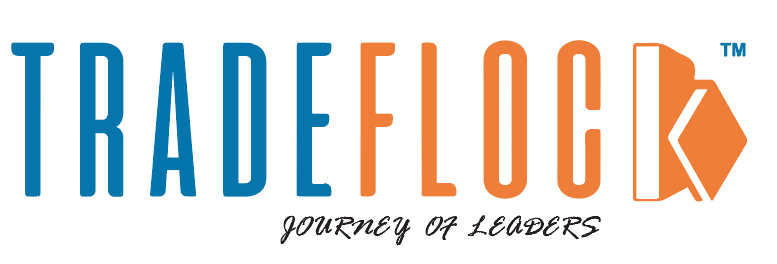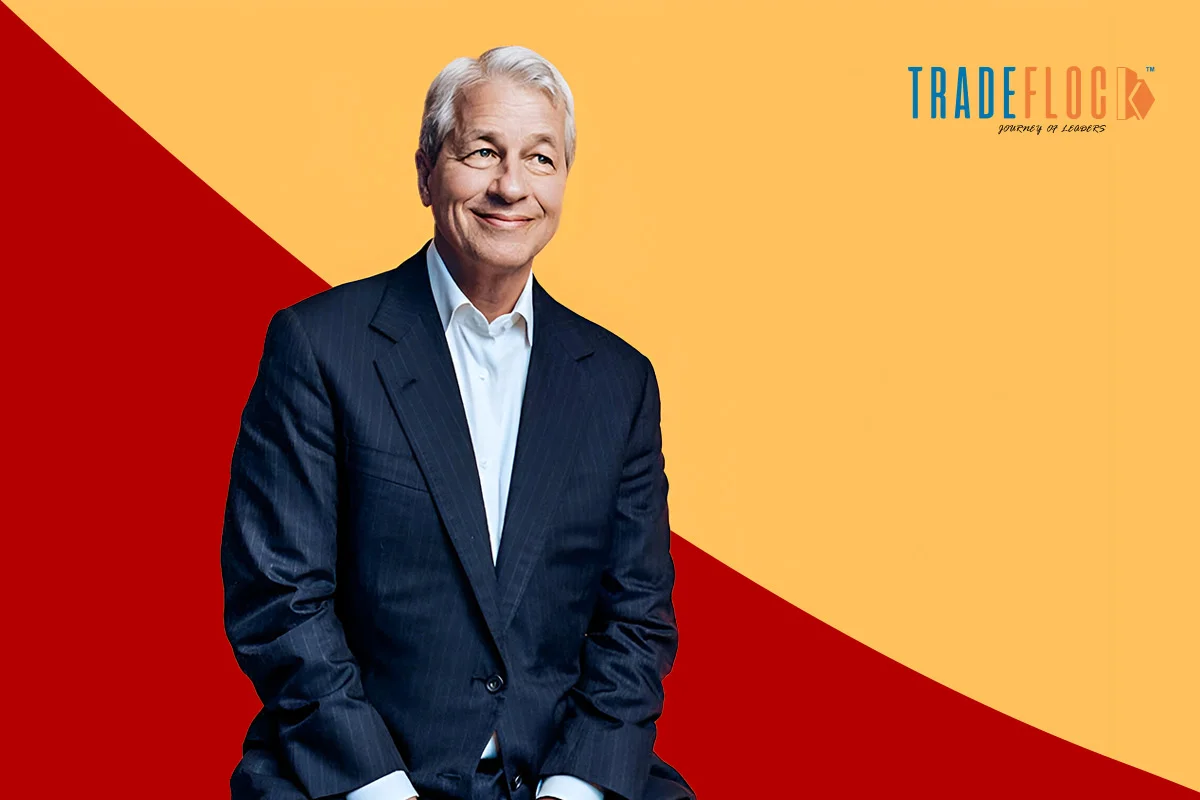Jamie Dimon, a US banker and businessman, has been the Chairman and Chief Executive Officer of JP Morgan Chase since 2006. During the late 2010s, he was on the Board of Directors of the Federal Reserve Bank of New York. He was also on Time magazine’s 2006, 2008, 2009, and 2011 lists of the world’s 100 most influential people. He is regarded as one of the postmodern gurus in risk management.
Table of Contents
Being Prepared
Jamie believes in the critical nature of preparedness before the occurrence of crises rather than responding to a given crisis in a reactive manner, which most people and businesses regularly do. “You can’t be prepared after the fact. You’ve got to be prepared before the fact.” Jamie Dimon once said to journalist Emily Chang.
Being prepared for any eventuality or crisis is one pragmatic way to stay ahead in business. It should be a part of the strategy in our day-to-day corporate warfare in a fluctuating business climate where crisis can emerge at any time.
Fortress Balance Sheet
Jamie also believes in having a ‘fortress balance sheet’ that has the strength to withstand financial shocks while affording companies flexibility in deal-making. It implies companies make their balance sheet strong enough to effectively withstand crisis by building strong capital and liquidity. Corporate leaders should always adapt this principle or at least strive to adopt it to withstand crisis and make flexible deals even in crisis situations, such as recession.
Some effective ways to develop a fortress balance sheet are to keep debt under tight control, monitor credit, check inventory and receivables, and eliminate non-performing assets.
Being Updated and Informed
Jamie also emphasises the need to stay updated and informed on global affairs and business practices, which is crucial to managing risk effectively in the business environment. The business environment can often become highly sensitive to global politics and economics. Several political, economic and other outside factors may adversely influence a company’s business prospects. Thus, the company’s leadership should be aware of these and their implications on their business to stave off possible crises.
Generally, we plan considering favourable or normal scenarios. However, Jamie believes in planning while considering a wide range of potential outcomes, which strengthens his risk management. Business leaders should ideally plan while considering a wide range of possible outcomes of a particular decision, which of course should also include potential negative outcomes.
Discerning Long-term Trends
Like many great business leaders, Jamie believes in discerning long-term trends, which, though quite challenging, can greatly help in risk management.
His work can inspire many corporate players to focus on long-term trends and assess potential risks with a long-term perspective, which in turn can give their company an enduring value.
Investing in Future Leaders
Sometimes, risks are not that apparent but latent. A company that is not investing in developing its next generation of leaders is also taking a risk with its future. Without effective and visionary next-gen leadership, many well-run companies can soon run into troubled waters. In this context, those companies should heed Jamie’s’sensible leadership.
Jamie emphasises the importance of investing in an organisation’s next generation of leaders. This includes a series of creative processes such as spotting potential leaders within the organisation, giving them growth and development opportunities and preparing them for taking future leadership roles. A person heading a company or conglomerate should follow this principle to develop the right persons to carry the mantle of her/his organisation even after she/he steps down.
Risk management should keep abreast of technological evolution. Jamie emphasises the importance of implementing regulatory considerations and guardrails, especially along with the evolution of technology. Jamie rightly believes that plenty of innovations should be complemented by guardrails.
Military Tactic
Jamie believes in and adheres to a military tactic called the OODA loop (Observe, Orient, Decide, Act—repeat). He said he ran JP Morgan with this tactic, which prevents the ‘greatest mistakes’ in war and business.
In his annual letter to the shareholders, he talked about the virtues of the OODA Loop decision-making model, which was developed by military strategist John Boyd. In the letter, he said, “The military, which often operates in the extreme intensity of life and death and the fog and uncertainty of war, uses the term “OODA loop” (Observe, Orient, Decide, Act — repeat), a strategic process of constant review, analysis, decision making and action. One cannot overemphasise the importance of observation and a full assessment — the failure to do so leads to some of the greatest mistakes, not only in war but also in business and government.”
Today’s business leaders like Jamie can adopt this military model to script their success in the ongoing corporate warfare! The translating of the ideas of Jamie Dimon into practice can lead many businesses to be less risk prone and consequently, more commercially viable.






